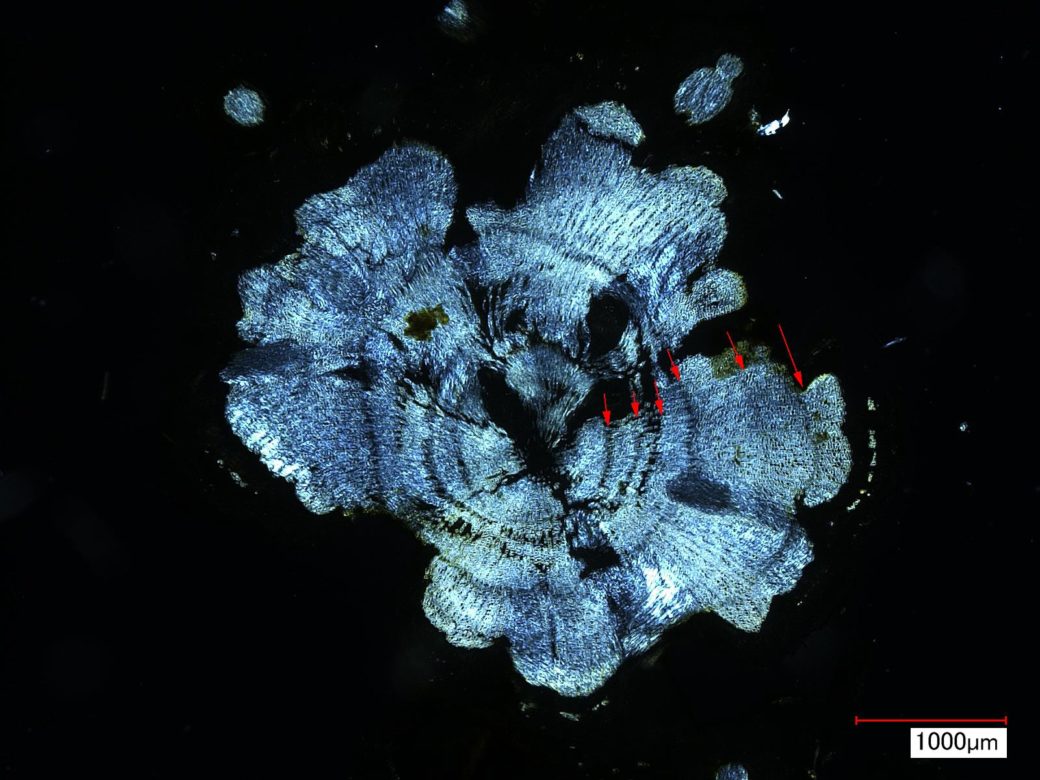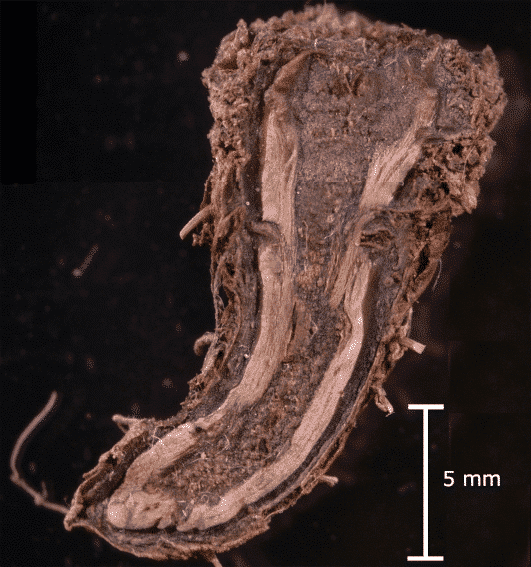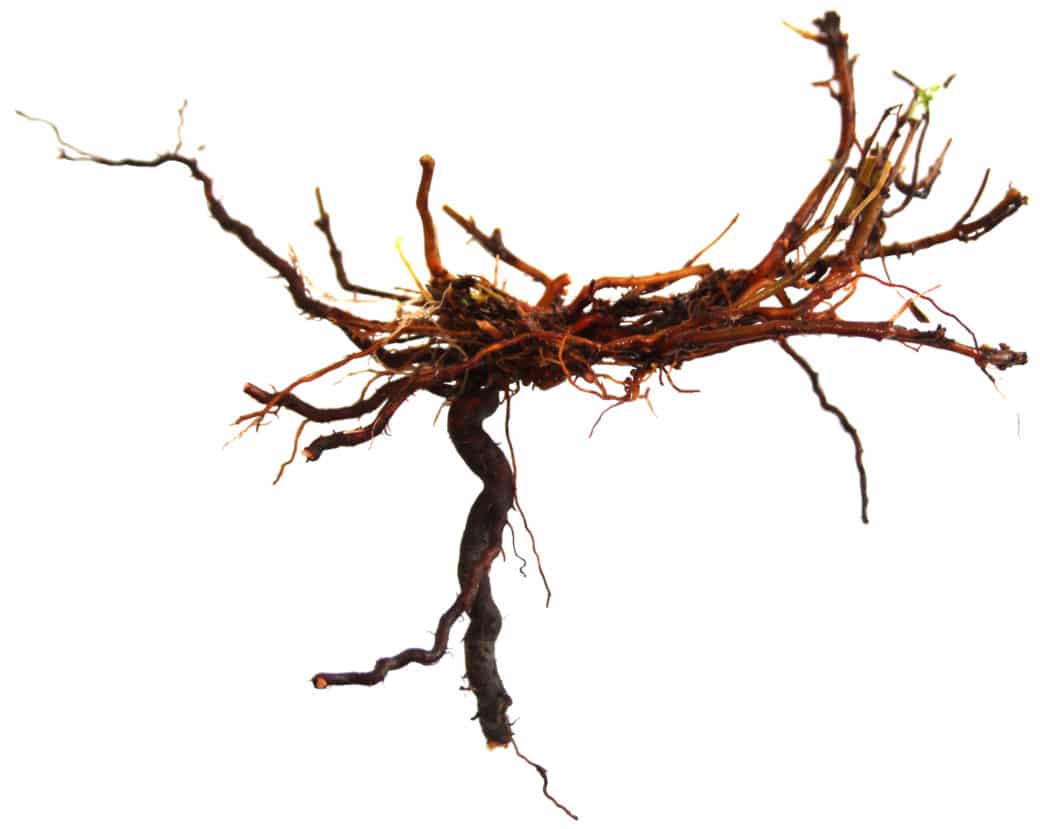Land-use effects on longevity and stem anatomical traits of perennial dicotyledonous species in grasslands
Life span is a key demographic trait important for the life history of plant species, the persistence and stability of plant populations and plant species` responses to environmental changes. To date, knowledge about the longevity of plant individuals (or ramets) – and specifically its variation dependent on land use and geographic regions – is not available for a large number of common grassland species. Furthermore, stem anatomical traits related to functions such as transport, storage, and mechanical support are largely ignored in ecological studies of herbaceous species. Therefore, it is not known how sensitively these traits respond to varying environmental conditions.

The project ForbAge will use growth ring analysis to study the longevity of plant individuals (or ramets) and measure stem anatomical characteristics for a large number of perennial dicotyledonous forb species in the grasslands. The project will extend trait-based ecology to a demographic perspective, which is important to understand the viability and persistence of plant populations as well as the long-term stability of plant communities.
We will focus on the following questions:
- How do management and biodiversity affect the average age of individuals (or ramets) of a large number of dicotyledonous forb species in grasslands?
- How are the spectrum and distribution of life spans of individuals (or ramets) of four selected frequent forb species related to population sizes and the temporal stability of plant populations? Do management and diversity of grasslands influence the distribution of life spans in plant populations?
- Do management, diversity, and regional differences between the exploratories affect growth ring widths and the expression of stem anatomical traits?
- How are life spans and stem anatomical traits related to phylogeny and other functional traits of the studied species?











